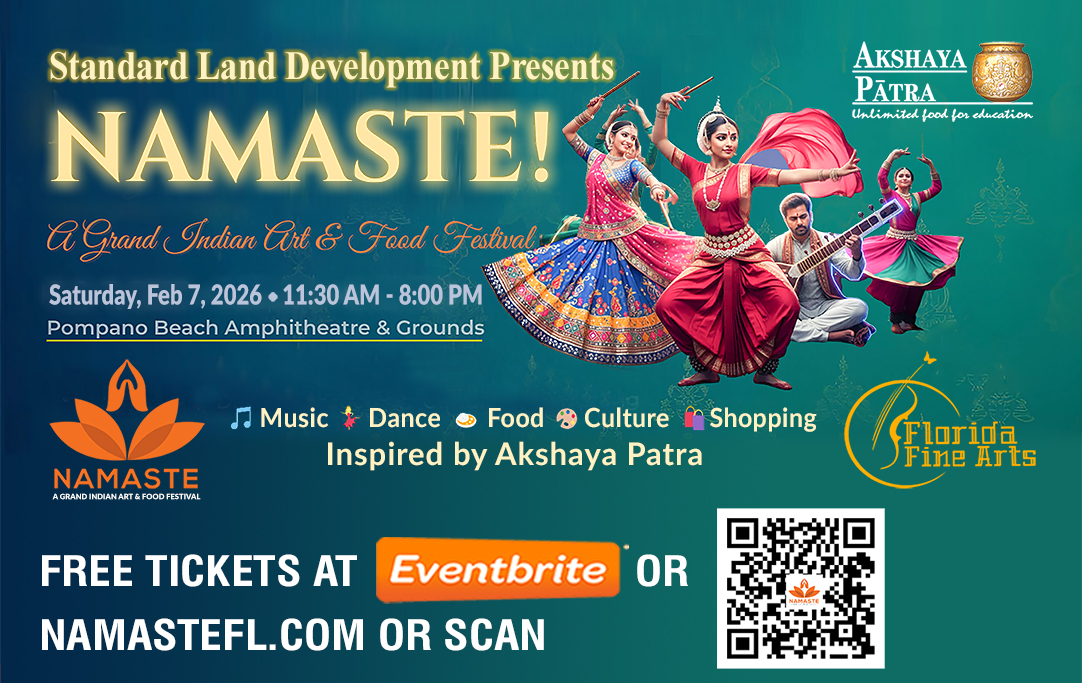Book review : Gods, Guns and Missionaries by Manu S. Pillai
The sixteenth century saw the arrival of European missionaries in India, who found themselves in a world that was both intriguing, fascinating and confusing.. They believed that Hinduism was a pagan mess, where people worshipped monsters and devils, burned women alive, and fed children to crocodiles. However, it quickly became apparent that Hindus had little desire to convert and that Hindu “idolatry” was far more complex than white men’s stereotypes permitted. However, as European dominance in India increased, missionaries took on a threatening demeanor during colonial control. Hindus felt pressured to rethink their religion during the British Raj as Western ways of thinking took over. They took this action to safeguard Hinduism from Christian attacks and to resist foreign dominance. The current form of modern Hinduism has been largely influenced by this encounter.
Hindu nationalism, which is currently so prevalent in the nation, was in fact born as a result of Hindus subverting some of the missionaries’ own instruments and tactics. Manu S. Pillai walks us through these amazing dynamics in Gods, Guns, and Missionaries. This book is ambitious in its scope and provocative in its position, featuring a captivating cast of characters, including politicians, philosophers, clergymen, poets, gun-wielding revolutionaries, maharajahs, and polemicists. Clear and thorough, it is simultaneously a political history, an analysis of Hindu culture, and a study of the social forces that paved the way for Hindu nationalism. The past as it is presented here is more complex and infinitely richer than popular narratives permit, moving away from oversimplified notions of religious evolution and European imperialism.
Gods, Guns, and Missionaries by Manu S. Pillai is an in-depth, highly intelligent analysis of how Hindu identity has changed over the previous four centuries. Fundamentally, the book questions the idea of an eternal, monolithic Hinduism, presenting it as pluralistic, flexible, and regularly reformed by interactions with colonial powers, Christian missionaries, reformers, and indigenous discussions. According to Pillai, Hinduism’s adaptability and ability to take in political, social, and theological change are what give it its resilience.
The story opens with a powerful story about Maharaja Madho Singh II of Jaipur, who defied religious convention by carrying an idol of Śrī Gopalji despite it being forbidden to cross the sea. This incident establishes the tone for Pillai’s larger thesis: Hindu customs have long adapted to the demands of the outside world.
The conflict between Hindu customs and European missionaries is one of the book’s main themes. With their sense of civilizational superiority, missionaries condemned Hinduism as immoral and archaic. However, Hindu academics and reformers retaliated by arguing for an abstract monotheism analogous to Christian theology through the lens of Vedantic philosophy. This theological back-and-forth demonstrated that Hindus were active participants in a complex discourse rather than passive consumers of Western ideas.
Pillai also looks into how the East India Company interacted with Hindu society and missionaries over time. To avoid disturbing the local elites, the company initially upheld a policy of non-interference. However, it eventually gave in to pressure from evangelical organizations and started funding missionary work, which frequently caused hostility among indigenous populations. The codification of Hindu law by colonial Orientalists, particularly William Jones, further altered Hinduism. Imperial control was made possible by their freezing of its religious and legal codes into inflexible texts, which weakened the localized and organic systems of belief and jurisprudence.
The inconsistencies of British policy are brought to light by Pillai’s discussion of individuals such as Reverend Andrew Fuller, who asserted that Hindus lacked unity and were incapable of mass resistance, only to have this claim refuted by the 1857 uprising. The British aimed to reshape India’s social and religious structures in addition to controlling it militarily and economically; this approach sparked unrest and resistance.
This book gives the internal reforms within Hinduism the attention they deserve. While defending Hinduism, reformers like Raja Ram Mohun Roy and Dayananda Saraswati also embraced Christian concepts. This cross-pollination produced organizations like the Brahmo Samaj and Arya Samaj, which combined a renewed Hindu sense of self with Western reason. Pillai admits that both true reform and ideological ambiguity resulted from Hindu reformers’ frequent internalization of missionary criticism, particularly anti-Brahmin rhetoric.
However, Pillai’s interpretive bias occasionally taints his depictions. He downplays the persistence of Hindu royal tradition by portraying Serfoji’s temple patronage as political opportunism rather than devotion. In a similar vein, his empathetic interpretation of Jyotirao Phule’s combative anti-Brahmin views is unbalanced. Reducing the complex reality of caste dynamics to the dichotomy of oppressor and oppressed fails to adequately convey the complexity of Hindu society.
The book also discusses the relationship between Jesuit missionaries and the Mughal emperor Akbar. Pillai presents Akbar as open-minded and inquisitive, but he ignores the historical record of his reign’s forced conversions and temple destructions, including the massacre of Hindus following the siege of Chittorgarh in 1568. A greater historiographical problem in Indian history is reflected in this selective memory: harsh tyranny versus romanticized syncretism, which is frequently determined by the historian’s ideological inclinations.
The history of English education takes up a significant amount of the book. According to the summary critique, Pillai’s assertion that Indians actively sought Western education ignores the coercive environment in which English was imposed as the language of power and native systems were destroyed. The “demand” for English was more about surviving a colonial system than agency.
Pillai’s strongest argument is that the development of Hindu nationalism, often perceived as having an ancient core, actually occurred during colonial times. In response to both missionary activity and colonial classification, individuals such as Tilak and Savarkar brought together a disparate religious landscape into a single, militant identity. Instead of sensationalizing this development, Pillai carefully frames it as the result of ideological pressures rather than historical continuity.
The “protestantization” of Hinduism—the effort by Hindu intellectuals to characterize their faith in terms similar to those of Christianity, which are scriptural, logical, and systematic—is also covered in the book. In favor of a standardized, text-based religion that was simpler to defend in colonial and missionary debates, this shift marginalized local, experiential forms of religiosity while distancing itself from the diversity of Hinduism at large.
The concluding chapters of Gods, Guns, and Missionaries examine the internal divisions within Hinduism—sectarian rivalries, regional variances, and the consolidation of sacred geographies. Pillai criticizes the cynical framing of Brahminical adaptability, which presents Brahmins as manipulative rather than as respectable guardians of tradition. Although he makes a solid case for Hinduism’s adaptability, the tone occasionally veers into ideological territory.
Pillai’s book is a brilliant synthesis of philosophical arguments, historical sources, and cultural observations. It avoids the traps of either glorifying the past or dismissing it as mere fiction. Rather, it provides a fair and insightful analysis of the ways in which the forces of empire, reform, and self-discovery have contested, rebuilt, and continuously reshaped Hindu identity. In the end, Pillai’s point is unmistakable: Hinduism’s power comes from its extraordinary ability to reinvent itself rather than from its rigidity.














